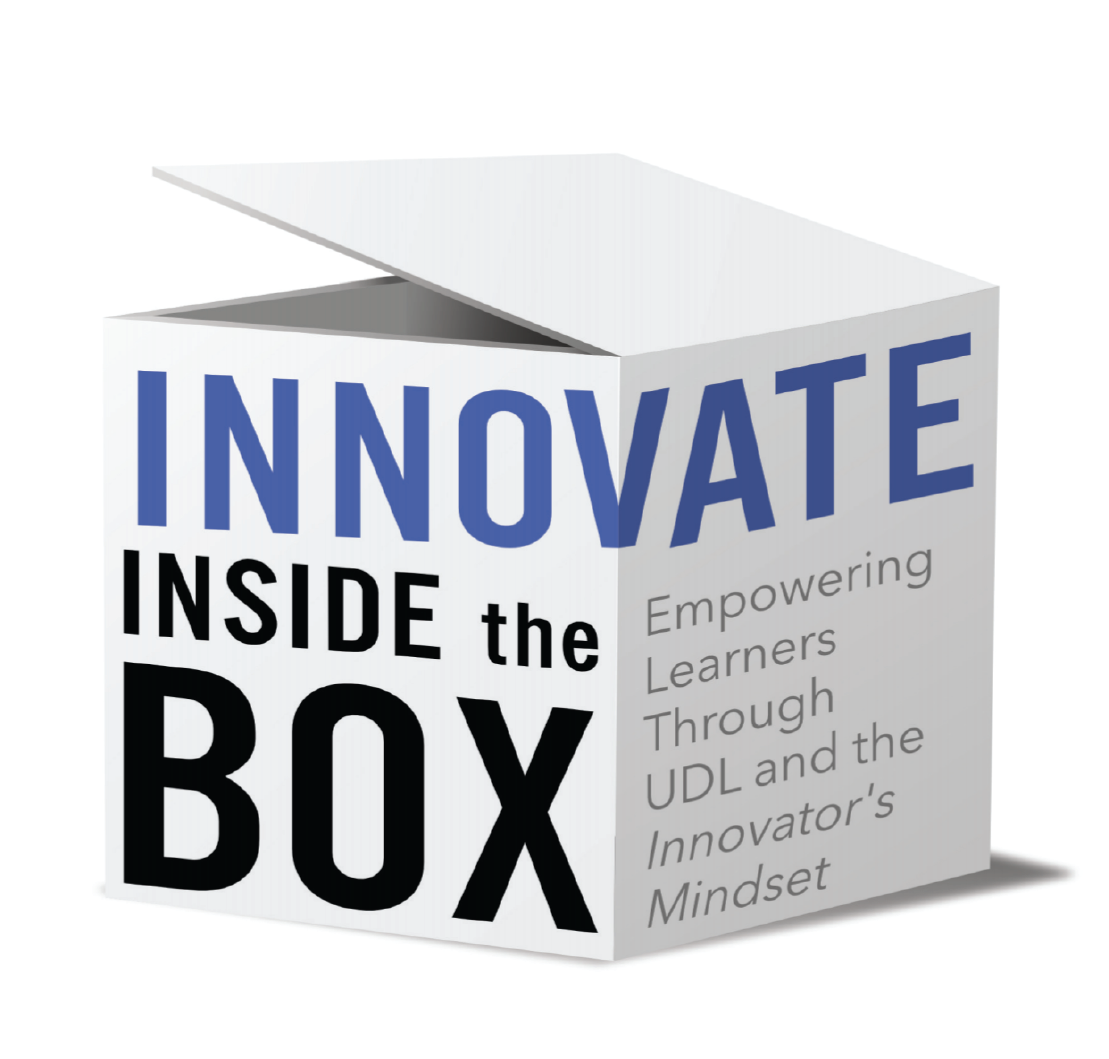Chapter 13: Lead from Where You Are
 Change can be hard and we have to make the choice to change. In this chapter, you will learn more about the importance of moving forward and how building relationships and understanding the journey ahead will help us as we move forward.
Change can be hard and we have to make the choice to change. In this chapter, you will learn more about the importance of moving forward and how building relationships and understanding the journey ahead will help us as we move forward.
Further Reading
Questions for Discussion
- Identify one moment that you significantly changed your direction, personally or professionally. What happened and what change did you make because of it? Take the time to reflect and consider sharing it with colleagues.
- What is the “story” of your classroom, school, or organization? What is the one you can tell, and what is the one you want to tell?
- What are some of the “traditional” barriers to innovation in education, and how can you leverage them to create new and better opportunities for the learners you serve?


















